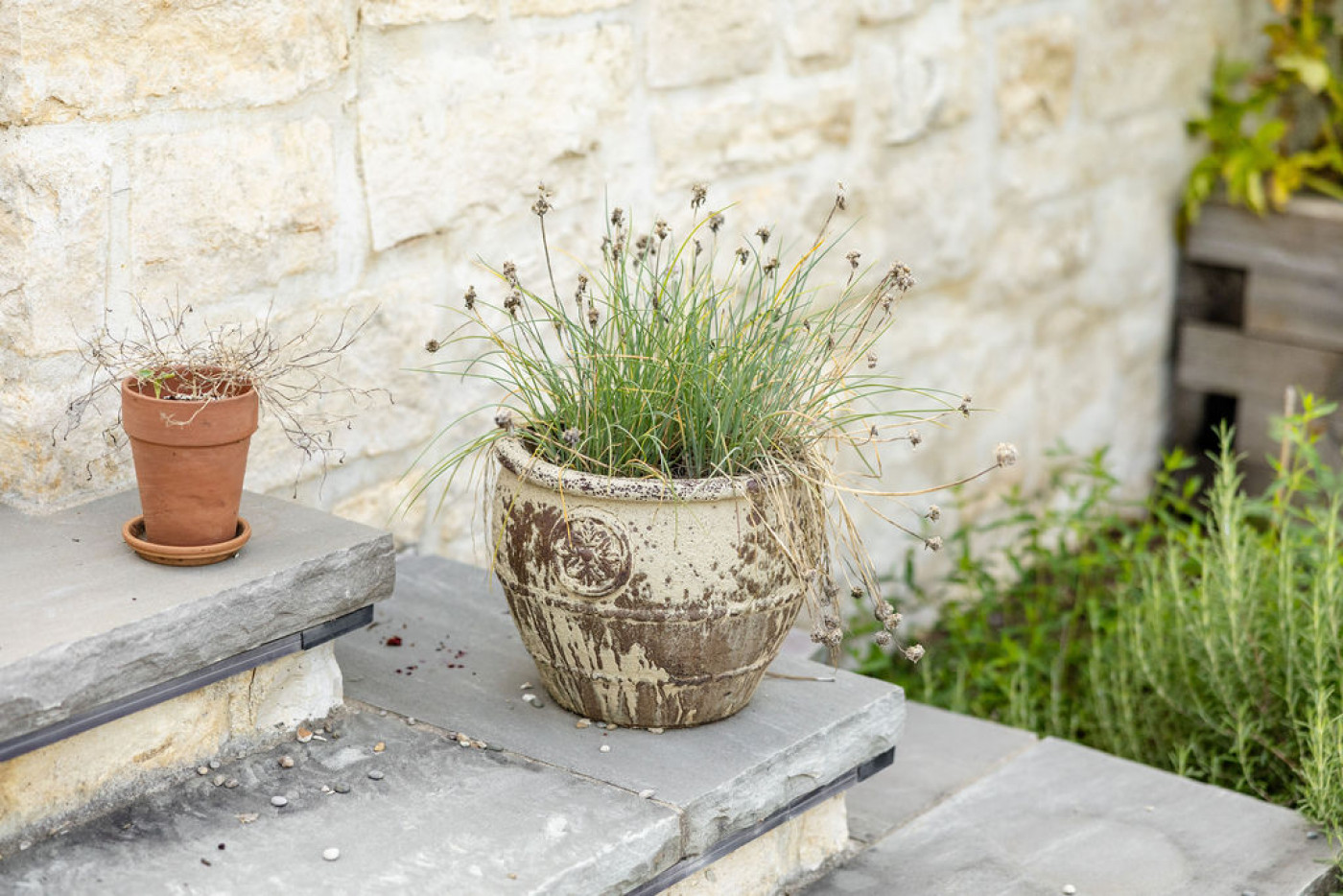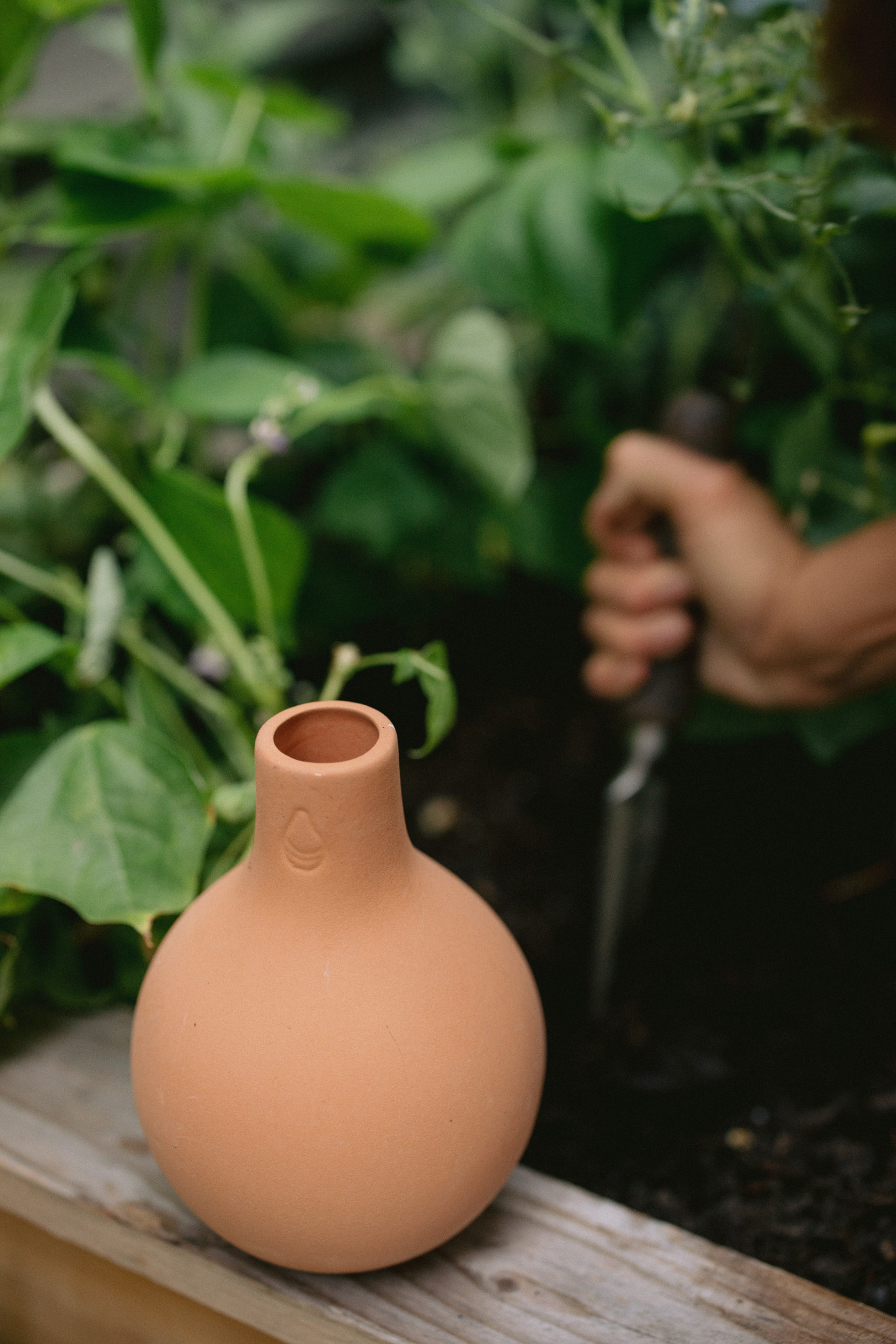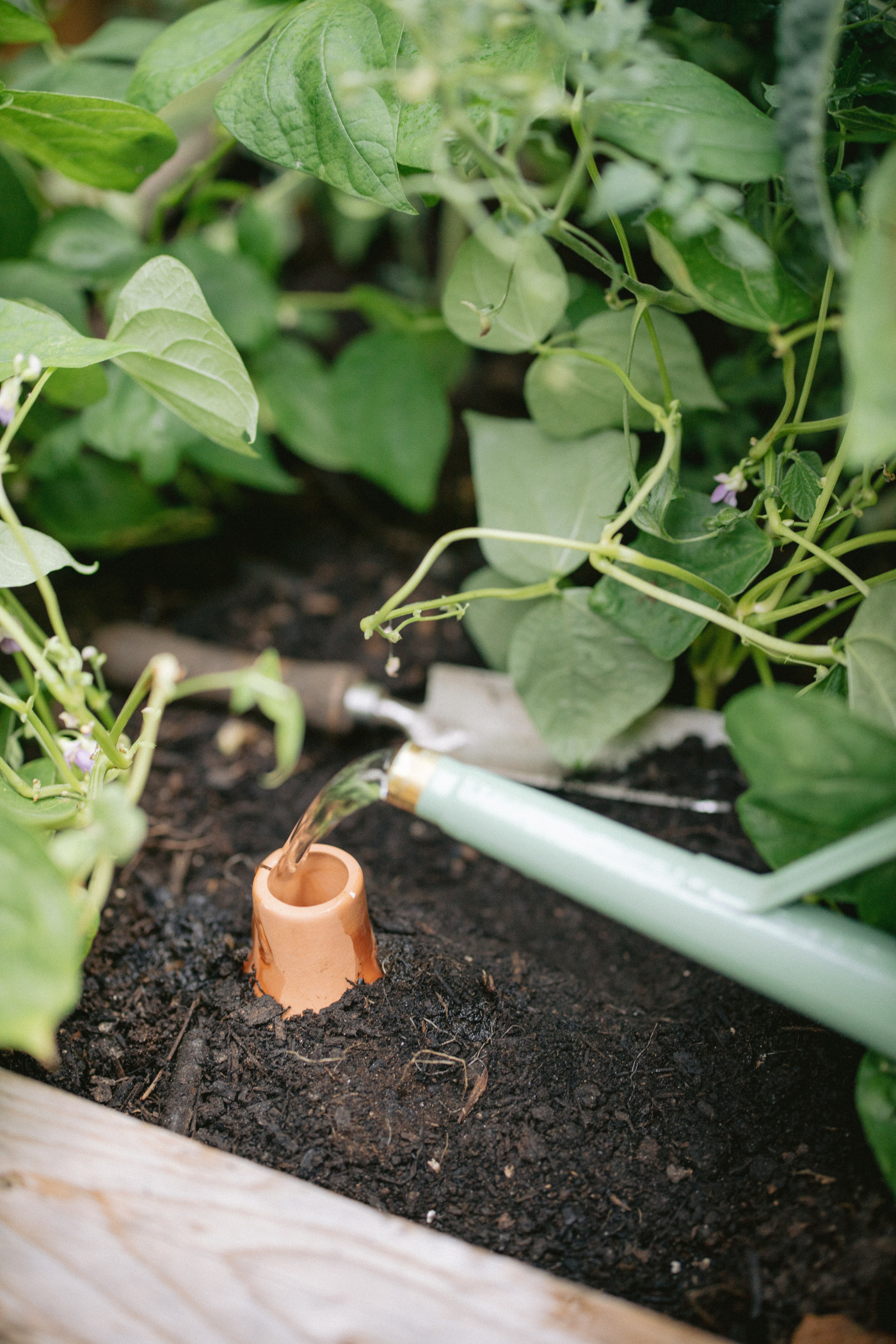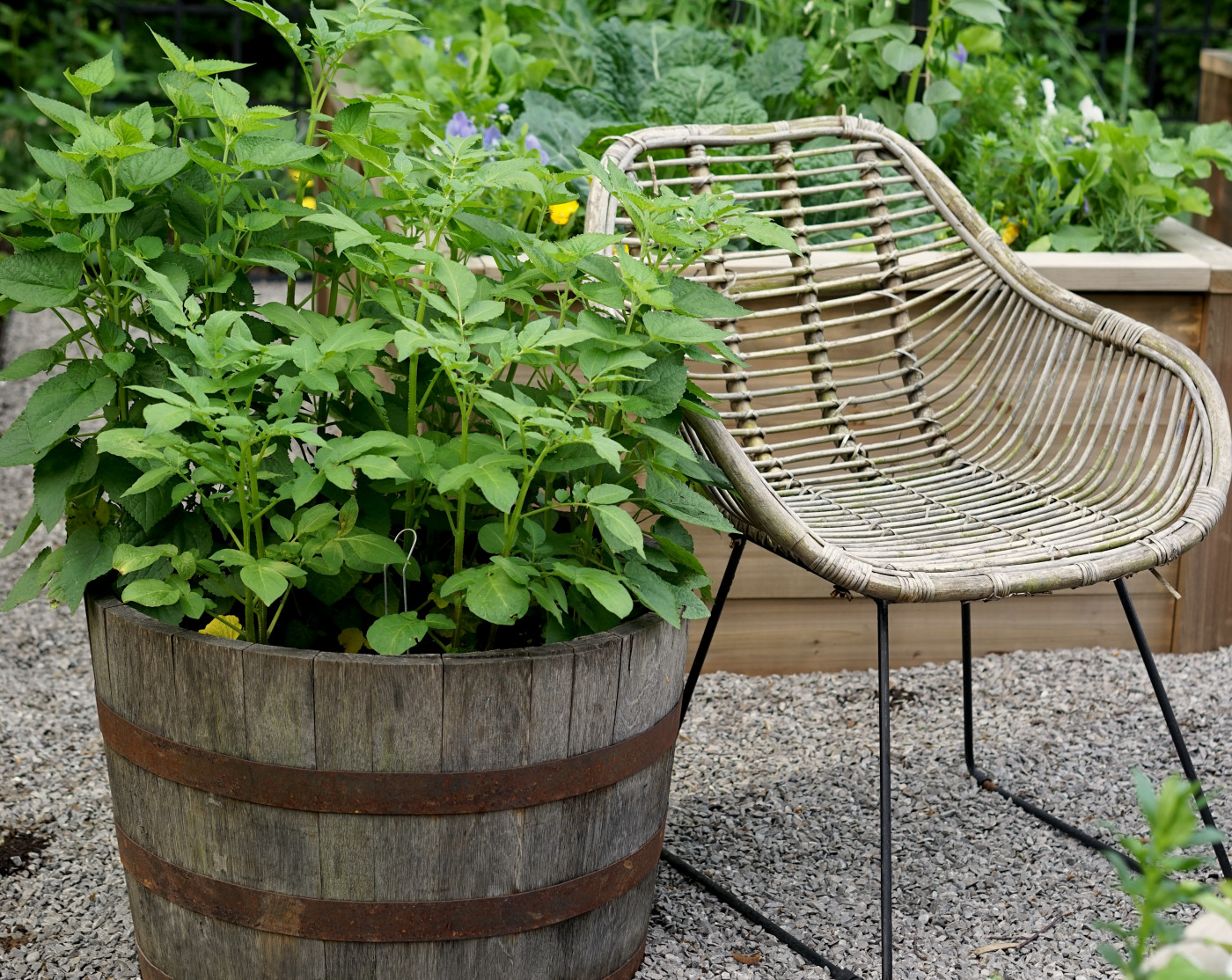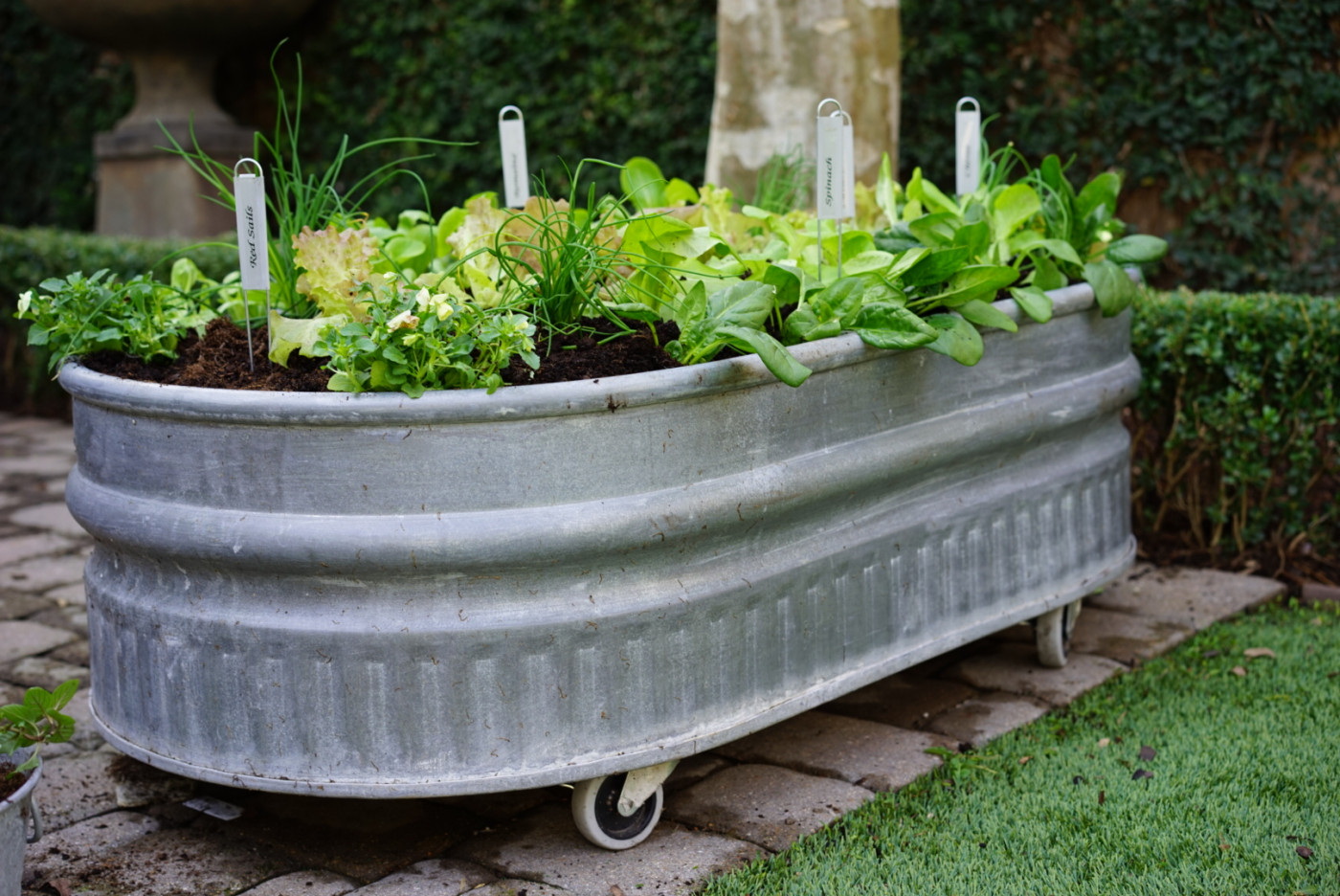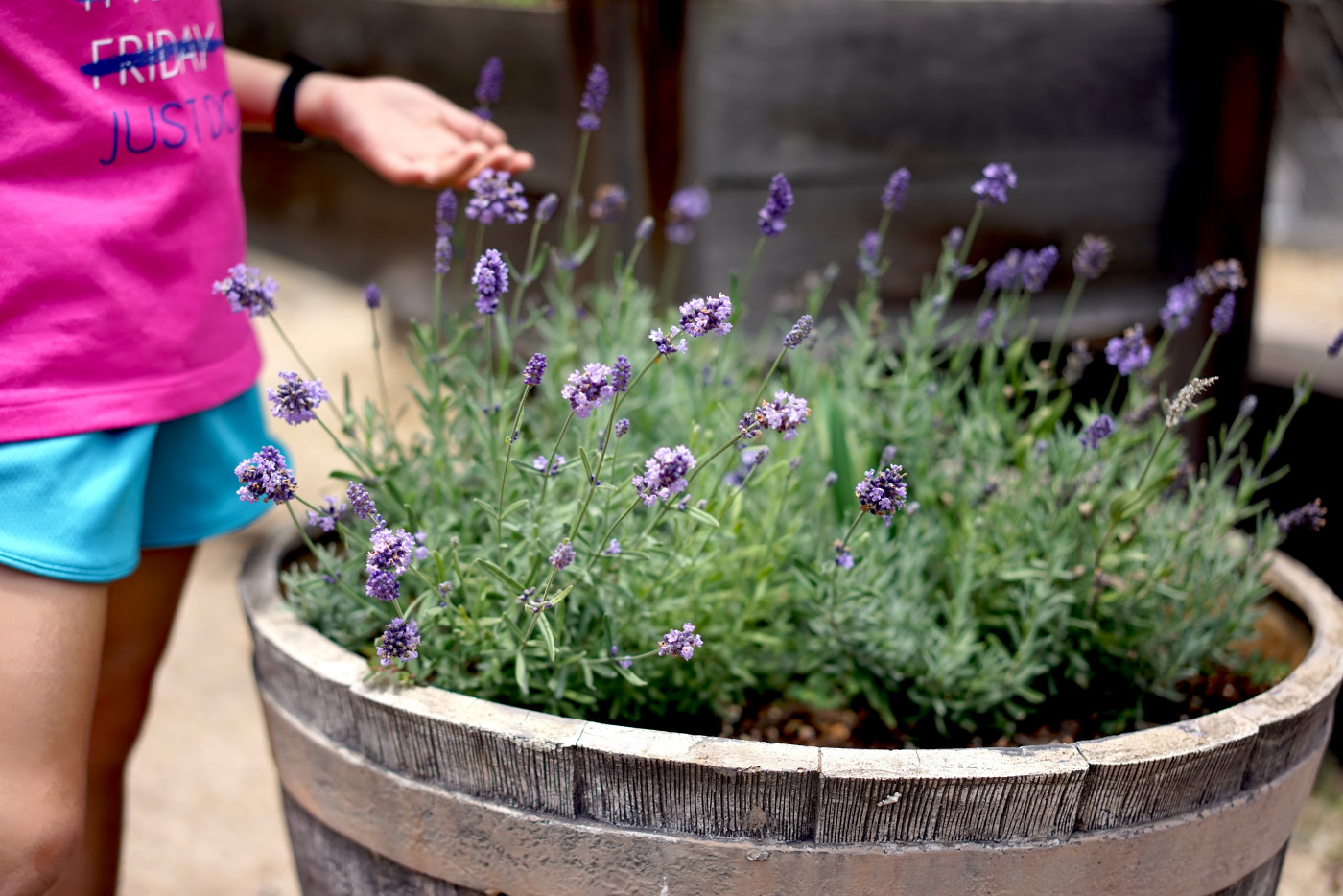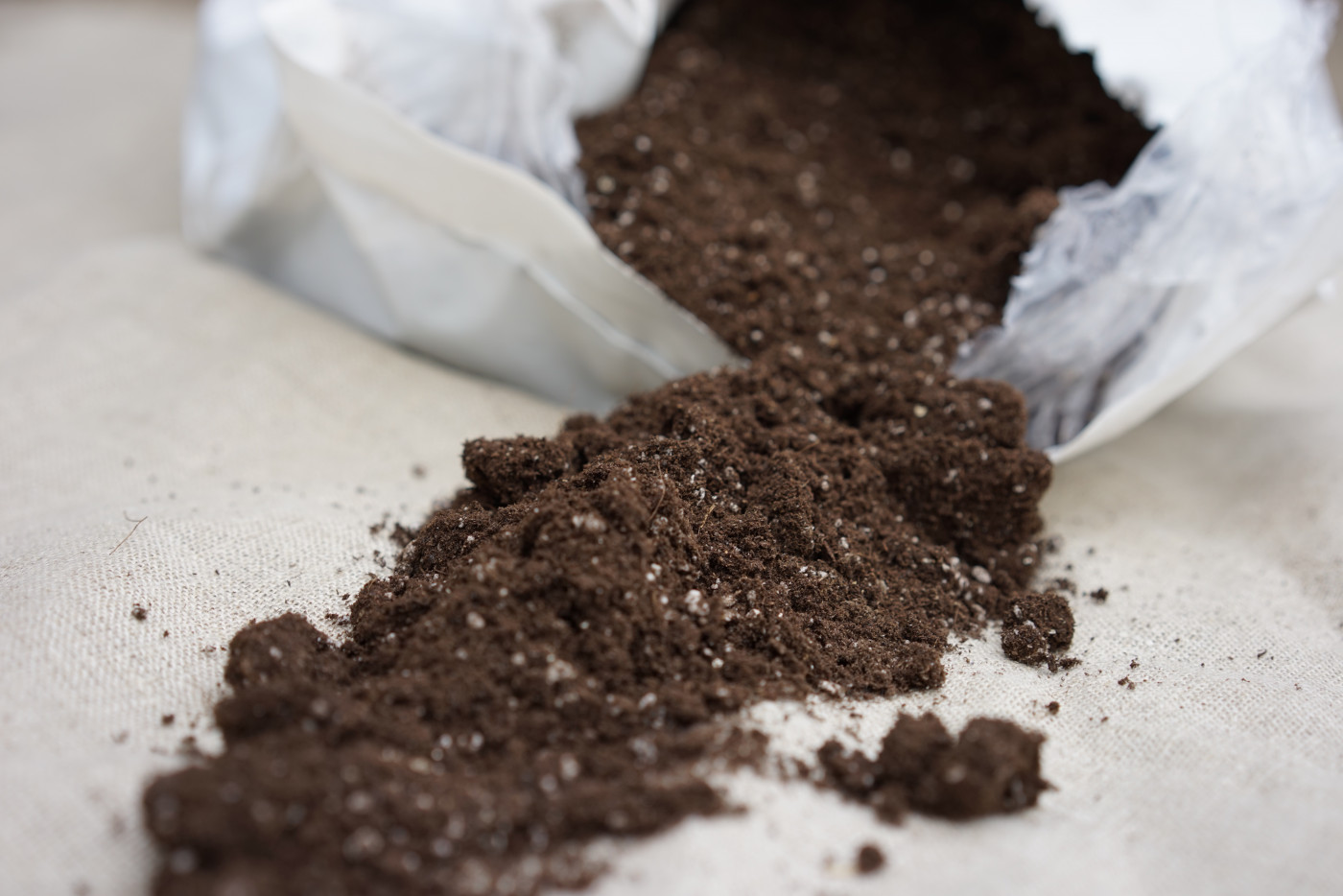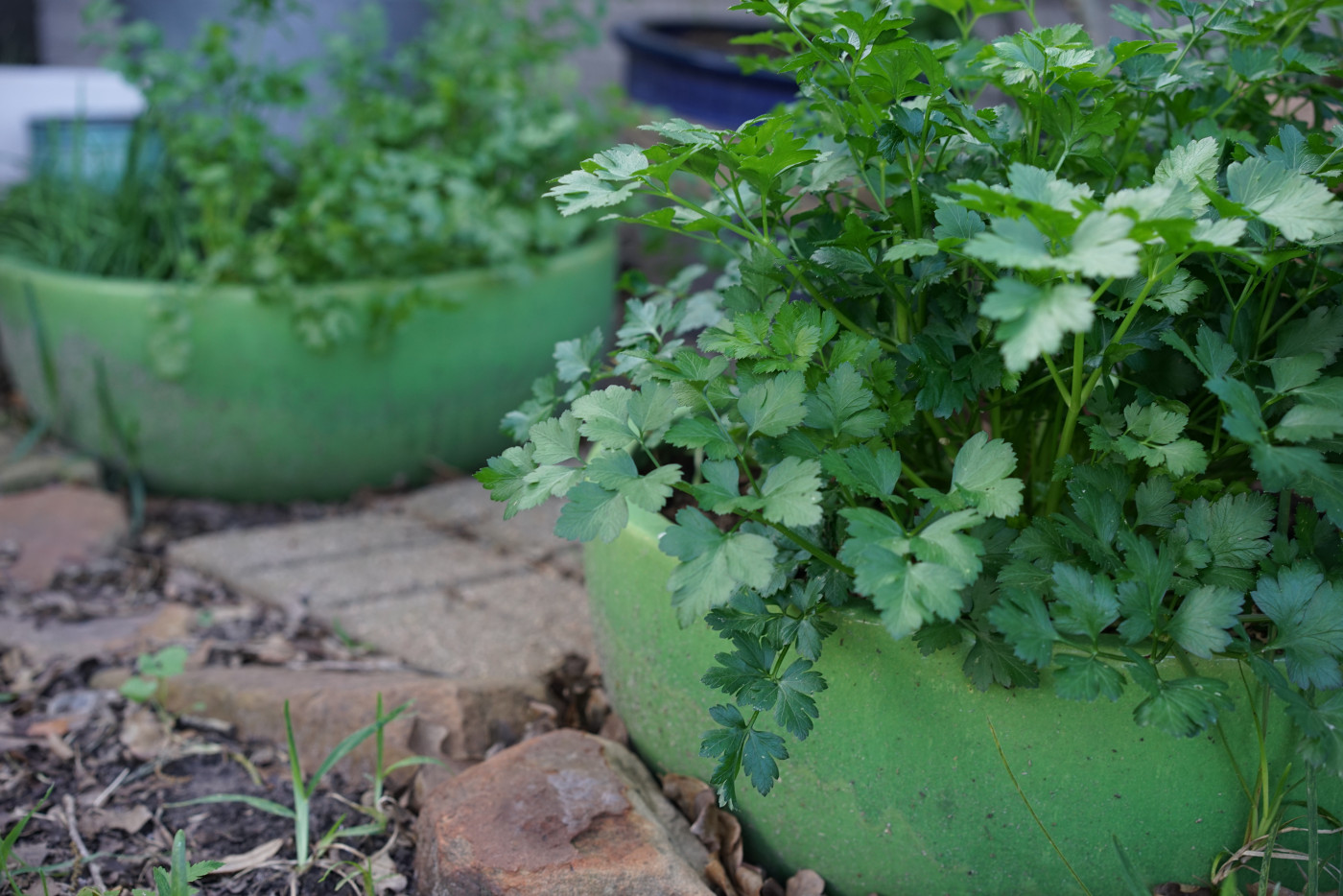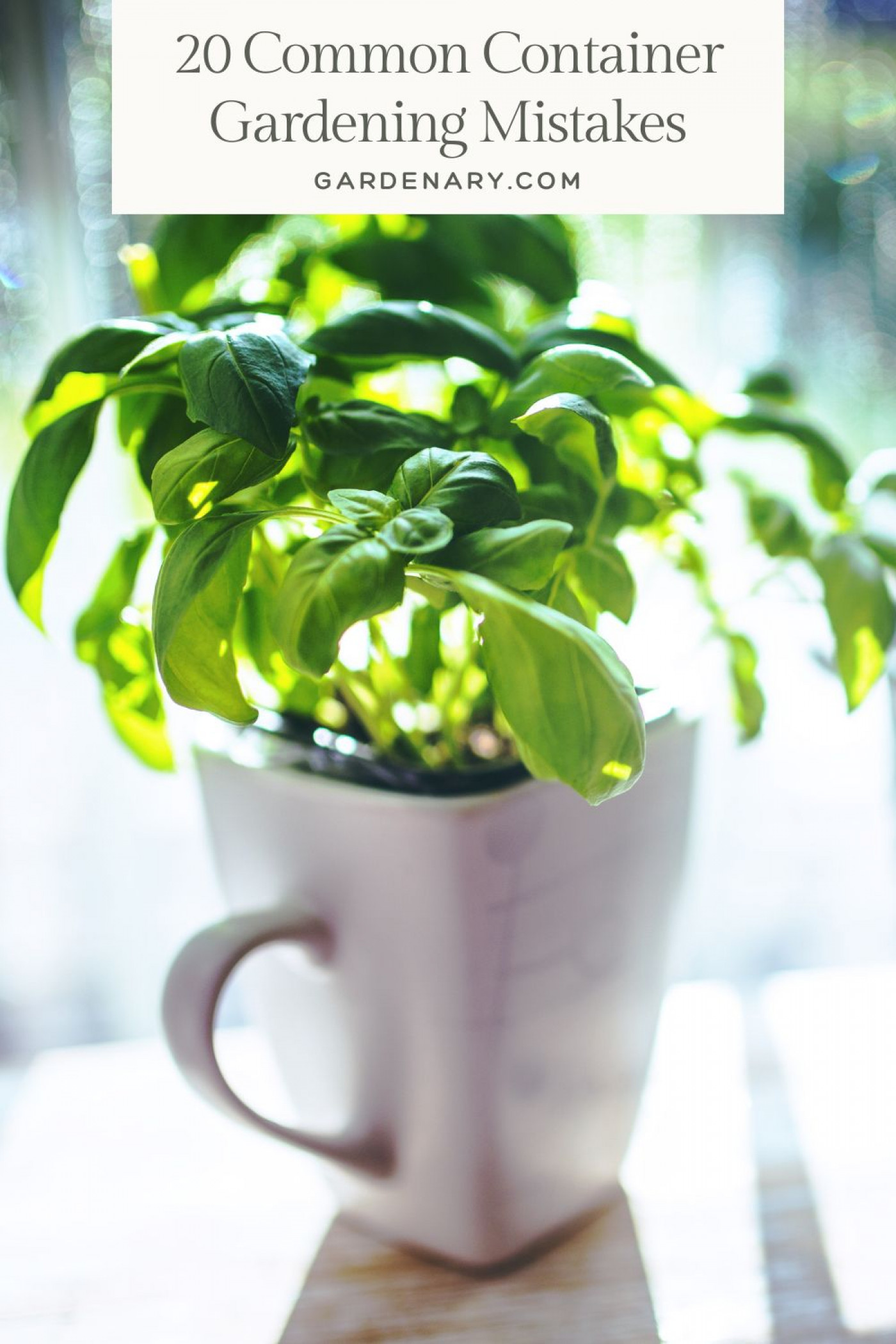I Wish I Knew This Before I Started Container Gardening.
I’ll be honest with you, I used to hate container gardening. Not because I didn’t love the look of it (cute pots on the patio, herbs right by the kitchen door, strawberries spilling over the sides), but because I killed more container plants than I care to admit.
Every season, I would start with big dreams in these little pots, only to end up with shriveled leaves, dry soil, or plants that just never grew. At one point, I thought maybe I wasn’t cut out for gardening at all. But over the years, I realized it wasn’t me; it was how I was going about container gardening.
Today, I’m sharing the 20 most common container gardening mistakes, the very same ones I made myself, so you don’t have to go through the same heartache. These tips come from years of trial, error, and a lot of “oops” moments. My hope is that by the end of this, you’ll feel confident to grow healthy plants in containers without disappointment.
At a Glance
- Learn the 20 most common container gardening mistakes that cause plants to struggle.
- Get practical tips on choosing the right pots, soil, watering system, and plant varieties for success.
- Discover how to grow thriving vegetables, herbs, and flowers in containers on patios, balconies, or small spaces.
20 Common Container Gardening Mistakes
Mistake #1: Starting with Containers That Are Too Small
When I first started gardening, I fell in love with these adorable “herb pots” that were barely wider than a coffee mug. They looked cute on my windowsill, but they dried out so quickly I had to water them twice a day. Even then, the plants didn’t grow well. I quickly learned that even if a container is cute and decorative, it may not be the best choice for the survival of my plants.
Now I tell every beginner: start with containers at least 12 inches wide and 12 inches deep. Anything smaller is going to leave your plant thirsty, rootbound, and stressed out. Larger pots give plants room to grow and give you a little more wiggle room if you forget a watering or two.
Mistake #2: Too Much Sun
“Wait,” you’re thinking, “don’t plants need sunlight?” Yes, but container plants can’t handle as much sun as in-ground or raised bed plants. Why? Because their soil supply is limited. They dry out faster and overheat more easily.
For example, I once had basil in a pot on my patio. It got full afternoon sun, and by the end of the week, it was crispy and bitter. Once I moved it to a spot with morning sun and afternoon shade, it bounced right back.
As a rule of thumb, give container plants half to two-thirds of the sun they’d need in the ground. Your plants will thank you.
Mistake #3: Planting Heavy Feeders in Small Pots
Some plants just aren’t happy in smaller containers, no matter how good your intentions are. Tomatoes and squash are examples of what we call “heavy feeders”—they need lots of nutrients, water, and space.
I only grow heavy feeders in very large pots (think whiskey barrels, grow bags, or at least 20+ gallons). For smaller pots, stick with herbs, lettuces, and shallow-rooted greens.
Mistake #4: Not Having a Watering Plan
Container plants need daily water in most seasons. If you’re not consistent, they’ll wilt or die quickly. Early on, I thought I could get away with “whenever I remember,” but I lost entire plantings that way.
These days, I use clay ollas (unglazed watering pots you bury in the soil) and drip irrigation on timers. Even a simple routine, like watering at the same time each morning, will make a huge difference.
Mistake #5: Using Cheap Soil
I used to fill my containers with the cheapest bag of soil from the big box store. Big mistake. Container soil needs to be rich, light, and full of life.
Now, I make my own mix: ⅓ compost, ⅓ topsoil, and ⅓ coarse sand or coco coir, with a handful of worm castings mixed in. It’s the difference between plants that limp along and plants that thrive.
Remember: in a container, this is the plant’s entire world. Don’t skimp on it.
Learn the Gardenary Soil Method
Get the step by step to create, maintain, and enhance your own organic garden soil inside Gardenary's Soil School.

Mistake #6: No Drainage Holes
It doesn’t matter how cute that pot is. If it doesn’t have drainage holes, it’s a death trap. Roots sitting in soggy soil will rot fast. Always, always check for drainage.
For some containers, you might be able to drill your own holes in the bottom. It depends on the type of material the container is made of and which tools you have. Plastic, wood, and metal containers can be drilled pretty easily. For ceramic or terracotta, it's best if it is unglazed to avoid cracking. Go slow with the process. Avoid drilling glass.
Mistake #7: No Drainage Tray
You need a way to catch any extra water, especially if your pots are on a deck, balcony, or indoors. Without a tray, you’ll either end up with water stains or avoid watering altogether because of the mess. A tray helps keep the area tidy from both water and rogue soil.
Mistake #8: Planting for Size Now, Not Later
I used to buy tiny transplants, pop them into little pots, and think I was set. But of course, plants grow. A lettuce that looked fine in a six-inch pot quickly outgrew it within weeks.
Before planting, always check the mature size of your plant. Buy a container big enough to carry it all the way through harvest.
Mistake #9: Exposed Soil
Bare soil dries out quickly and leaches nutrients. The solution? Plant a mix of crops together to create a living mulch.
For example, I’ll plant basil in the middle of a container, parsley around the edges, and trailing thyme spilling over the sides. Not only does it look beautiful, but it also keeps the soil moist and fertile. Try to fill each area so there is no visible soil.
Mistake #10: Forgetting Portability
Big pots are heavy. Add soil and water, and suddenly you can’t move them without a dolly. I learned this the hard way one summer when a heat wave hit and all my patio tomatoes fried because I couldn’t move the containers into the shade.
Now, I always put large containers on rolling stands or add wheels. This way, I can shift them with the seasons or move them out of the wind when storms come.
Mistake #11: Over-Fertilizing
This might surprise you, but container plants don’t usually need fertilizer if you start with rich soil. In fact, adding synthetic fertilizers often does more harm than good. It can burn roots and overwhelm plants in such a confined space.
I prefer feeding the soil with compost and worm castings, then topping off containers with fresh compost each season. Slow, steady nutrition wins every time.
Mistake #12: Spreading Containers Too Far Apart
At first, I scattered pots all over my patio and yard. It looked pretty, but it was exhausting to tend. Watering became a full-on marathon.
Now, I cluster pots together into groups. It makes watering and harvesting easier, and the plants actually benefit, too. Grouped plants help each other by conserving moisture and creating a little microclimate. They help protect each other from pests and maintain their own little ecosystem.
In fact, some plants grow really well together. For ideas on plant pairings, check out this article on companion planting.
Learn More About Companion Planting
Mistake #13: No Travel Plan
Vacations used to spell disaster for my container gardens. I once lost every single plant during one July week away. I couldn't have known we would break the heat record that year, but I'll never repeat the same mistake.
Now, I always line up a neighbor or friend to water while I’m gone. Sometimes I’ll even barter—“you water my plants, you take home some cucumbers.” It’s a win-win.
Mistake #14: Planting Just One Crop Per Pot
Mono-planting is less interesting and less efficient. Instead, I follow the thriller-filler-spiller method:
- Thriller = a tall focal plant (like peppers or eggplant).
- Filler = mid-sized plants (herbs, lettuce).
- Spiller = trailing plants (thyme, strawberries).
It makes the container more productive and much more beautiful to look at. In nature, plants rarely grow in isolation without other species. We always want to try to mimic nature whenever we can.
Mistake #15: Replacing All the Soil Every Season
Early on, I thought I had to dump out every container and start fresh each year. Talk about expensive.
Now, I use a no-till approach: leave the old soil, pull out spent roots, and just add a 2-3 inch layer of compost on top each season. The nutrients trickle down, and the soil life keeps getting better. It's less work, less expensive, and it mirrors how things work in nature. In the wilderness, things decompose on top of the soil and make their way into the ground as nutrients over time.
Mistake #16: Containers That Are Too Shallow
I once planted lettuce in a shallow container because I loved the color and shape of the pot. Unfortunately, it dried out daily, and the roots never grew strong.
Even for shallow-rooted plants, I recommend containers at least 12 inches deep. It’s not just about root space, it’s about water retention.
Mistake #17: Ignoring the Wind
Balconies, rooftops, and patios can be wind tunnels. Lightweight pots can blow right over and damage your plants (and make a huge mess).
One particularly bad summer storm knocked down several of my plants across the yard. Now, I always weigh down smaller containers, stake tall plants, and lock the wheels on rolling pots.
Mistake #18: Ignoring the Seasons
Container plants feel the seasons just like in-ground plants do. Don’t try to grow lettuce in July or tomatoes in November.
Instead, plant with the seasons: leafy greens and radishes in spring and fall, peppers and basil in summer, and kale and spinach in winter (if your climate allows). Don't ignore your crops' seasonal needs!
Mistake #19: Not Checking for Pests Daily
Pests can take over a container plant almost overnight. Aphids once wiped out my kale before I realized what was happening.
Now, I check under the leaves every time I water. If I see pests, I blast them off with water or spray with an organic garlic spray solution.
→You can learn how to make your own organic pest sprays here.
Gardenary's Organic Pest Control Method
Stop fighting pests. Instead, start gardening with them in mind. No panic. No harsh sprays. No endless guessing. Just a thriving, abundant garden that practically protects itself. With the Organic Pest Control Method, you’ll learn the exact steps I take to grow naturally and confidently, season after season.

Mistake #20: Forgetting About Heat and Materials
Different pots heat up differently. Dark, metal containers can cook your plant roots in the summer, while unglazed terra cotta pots dry out fast.
I’ve had the best luck with light-colored ceramic and grow bags. They hold moisture, insulate roots, and don’t overheat as quickly.
Final Thoughts: Why I Still Love Containers
If I’m being honest, container gardening can be tricky. But it’s also one of the easiest, fastest ways to start growing food, especially if you don’t have a lot of space. It can also bring plant life even closer to your home by allowing you to grow on patios and decks.
Looking back, I’m glad I stuck with it. I’ve learned that the key is setting yourself (and your plants) up for success: good soil, proper containers, consistent water, and realistic plant choices.
And the payoff? Fresh crops snipped right outside the kitchen door, strawberries for the kids to pick on the patio, and colorful pots that make even the smallest balcony feel alive.
So don’t let the mistakes scare you away. Learn from mine, and now you'll know what to avoid when planning your next container garden.
Click the image below to save this article for later!

